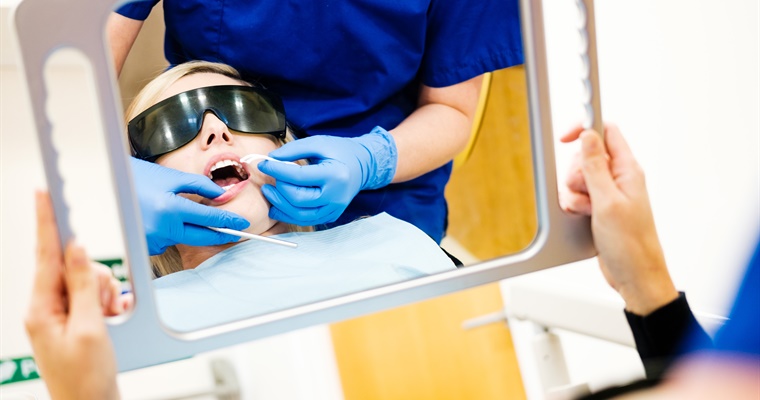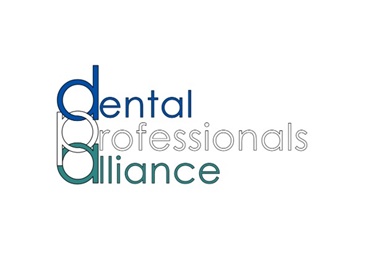Drilling into the data: the public and the pandemic

Understanding the ways that the public and patients might behave in response to the pandemic will help you to provide clear messaging about what to expect and why you may need to prioritise over the months ahead.
Delving into the recently collected data, our Senior Research Analyst, Jonathan Key, provides further insights from our COVID-19 research.
Levels of public awareness of dental services available during the first COVID-19 lockdown were examined in our recently published research, carried out in August 2020. It has since been possible to investigate sub-group findings and statistically test some of the associations between groups (all percentage differences noted are statistically significant).
Members of the public who did not engage with local dental practices (either out of routine or necessity) during the first lockdown were more reliant on gauging the current state of dental service provision via mainstream news and word of mouth. Many respondents suggested they would not worry about dental treatment unless they were experiencing pain. Therefore, it continues to be important to keep patients informed about local treatment options.
Our research with dental professionals, published in December 2020, found that practitioners were expecting their immediate future to include:
- increased demand for emergency treatment
- increased waiting lists, and
- some practices being unable to accept new NHS patients.
This will undoubtedly lead to additional pressures on the dental team to manage appointments and patients. Telling patients about these issues, the demands of on the service and how they are being handled will all help to manage expectations.
People from Black, Asian and minority ethnic groups also reported that they were more likely to have experienced regular dental pain in the 12 months before the first lockdown (14%, compared with 8% overall) and during the lockdown (18%, compared with 13% overall). People from these groups were also more likely to agree that they would not return to dental practice unless they had an urgent issue (68%, compared with 59% overall).
Having a pre-COVID-19 concern about going to the dentist also correlated with respondents saying they intended to visit the dentist less in the future. Putting to one side cosmetic treatments, going for a check-up was the treatment most likely to record an expected reduced frequency of visit. As waiting times have been anticipated to grow in 2021, it might be worth encouraging patients to book-in for their check-up now, even if this is several months in advance.
Younger people, aged 25-34, may also be at an increased risk of poor oral health. They were more likely to say they had experienced dental pain ‘very often/often’ during the 12 months (13%, compared with 8% overall) before lockdown and were generally not well-informed about the importance of check-ups or the availability of dental services in their local area. Despite a seeming lack of engagement with the specifics of dental provision, 25-34 year olds reported an ‘increased confidence’ in dental care delivered through the NHS (18% compared with 13% overall).
Despite the current COVID-19 restrictions and public safety concerns, it is important to encourage people of all ages not to ignore dental pain if they are regularly experiencing it. Check-ups are also a key preventative measure, which some groups might need to be encouraged to attend. People with long-term poor dental health accounted for around 1 in 8 of all respondents to the survey.
Our COVID-19 research and engagement hub has more on our findings.
 eGDC
eGDC

















